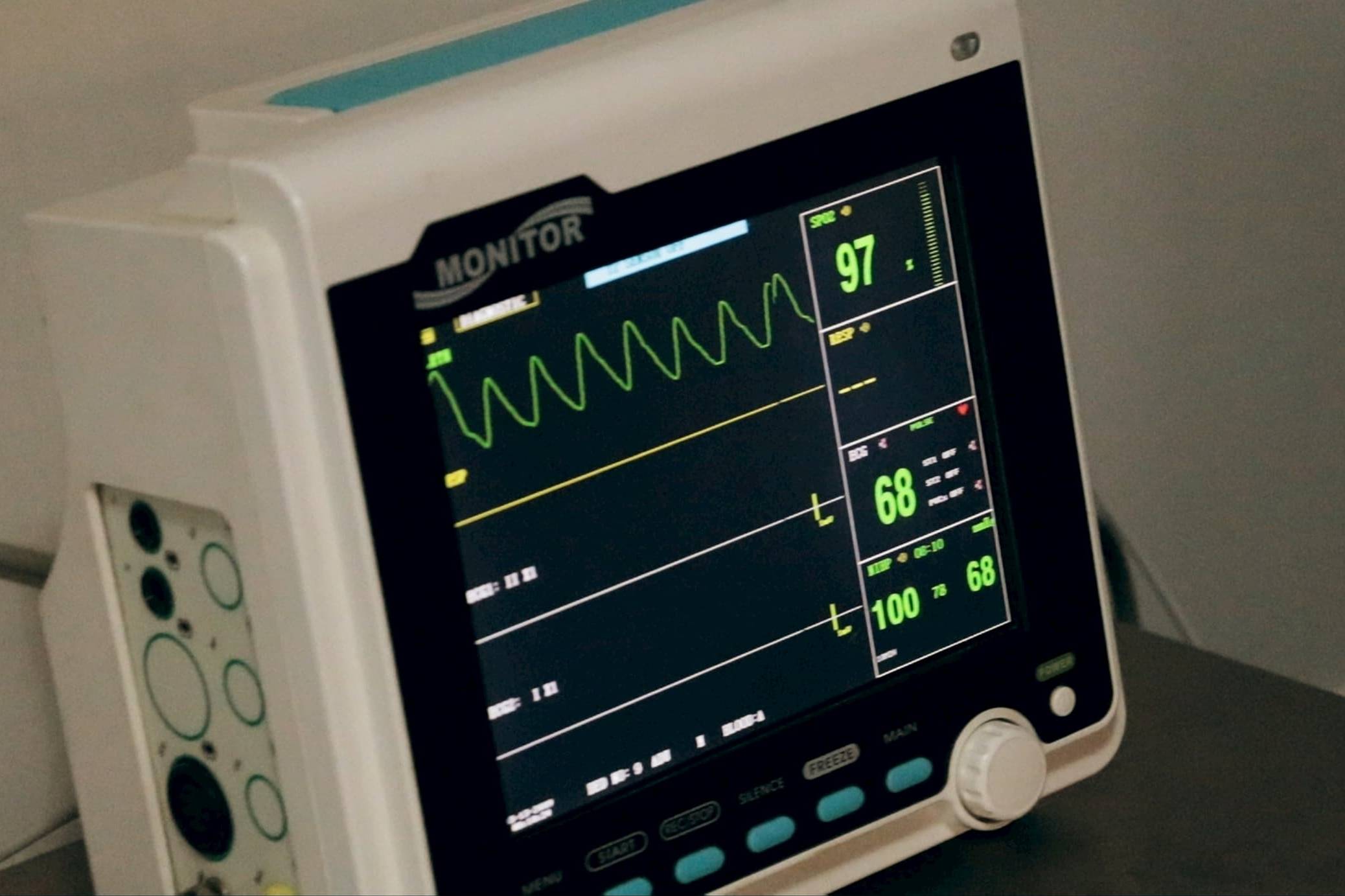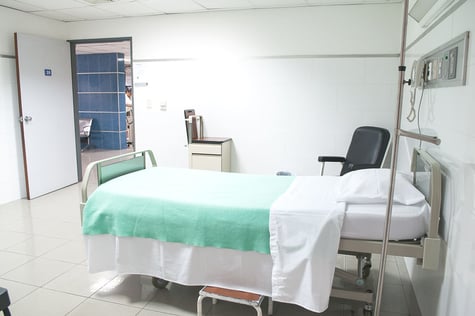It’s important to consider all the components of your eHealth device. Each part must complete its role without being compromised by other factors such as the environment, impacts to the device (such as bumps or drops), and reactions to other components within the gadget. It’s also important to ensure that the parts aren’t corrosive, as they could be harmful to skin if broken.
Antennas are one of the most important parts to consider. If these aren’t designed to perform optimally, the final product may not perform as expected. The specifications of the antenna will determine the potential strength of the device’s RF signal: the very connection that’ll make or break an eHealth device. However, the final performance will depend on the integration and how closely this matches the data sheet guidelines.
As this technology needs to be able to monitor, send/receive vital information, it’s essential the antenna can transmit data efficiently. Antenova’s Wireless Antenna Comparison Guide can help you make an informed decision on antenna selection, but here are a few other points to consider:
Frequencies
What frequencies will your device need to support? This is important for ensuring that your device works efficiently, to the standard required from manufacturers, patients and doctors alike.
Signal efficiency
Will the antenna transmit and receive signals in a variety of situations? Will it be able to connect and maintain a connection to communicate vital information? Will it be able to send regular updates from the patient to the doctors without interference?
Power efficiency
How much power does your selected antenna actually draw? Are there any significant losses? If the antenna is draining your device’s battery, it may signify that an antenna is not optimally placed or other design guidelines haven’t been followed. Antenova’s range of antennas are provided with accurate information on their power efficiency, ensuring the best antenna can be chosen for the device.
Make sure your components are as efficient as possible, and ensure your device isn’t wasting any energy. Cellular applications, for example, require a minimum of 40% efficiency for approval from their networks. To find the right antenna, review the design guidelines of antennas rather than performance specifications in free space.
Compatibility
Remember antennagate, the fatal issue impacting iPhone 4 customers, particularly left-handed users? It’s important to complete thorough research into whether the device itself impacts the antenna’s performance. Wrapping devices in layers of metal or plastic may work well towards preventing cracks or scratches, but it can also impact negatively on the signal being transmitted from the antenna beneath all this protection.
Layout of components
Selecting the right antenna is only part of the process – being able to implement it in an effective layout can make all the difference. A poor layout of the RF transmission line alone could result in a loss of performance of up to 50%. It is vital for designers to be aware of how specific components work, how they interact with each other within a product, and how the right antenna can make all the difference when it comes to devices that work efficiently and reliably. Antenova can assist with the selection and implementation of a wide range of antennas and help designers create the next groundbreaking eHealth gadget!


.jpg?width=475&name=artur-luczka-OPeSKKUMva4-unsplash%20(1).jpg)

